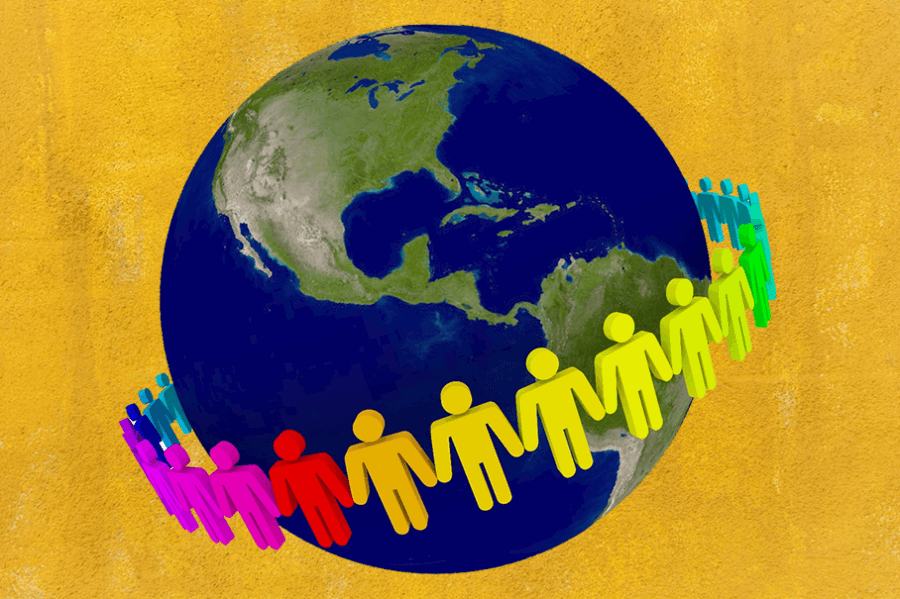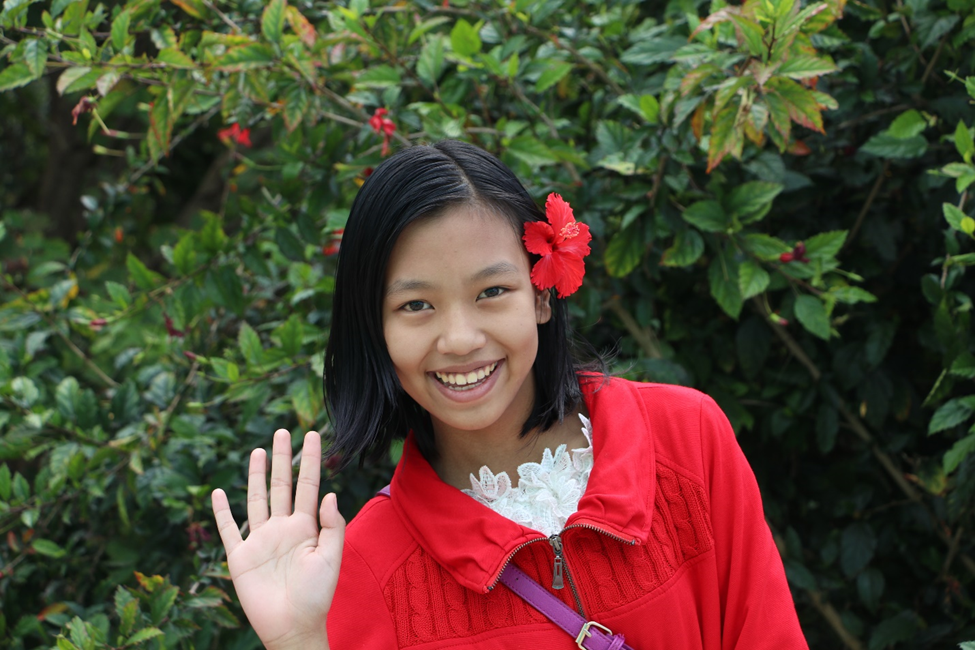Then and Now
Recently, Ti Ti and her mother went on a mother-daughter day trip to Kanchanaburi. I had mentioned the movie, The Bridge On the River Kwai, and thought they would enjoy visiting that bridge. I had been there years ago, and the bridge fascinated me.

They took me up on my suggestion and went to see the bridge. This is a photo of Ti Ti prosing on the bridge.

I have often mentioned that Ti Ti, my oldest granddaughter who lives in Myanmar, got her IQ and good looks from my side of the family. I have never told her parents that she inherited those strengths from my family in America. I wouldn’t want to offend them.
Nevertheless, this is a photo that I took of the bridge two decades ago.

The Bridge over the River Kwai was a novel by a French writer, Pierre Boulle, and was written in 1952. The book and the actual history of the bridge aren’t close to being accurate. Boulle was a French POW held by the Japanese. He was never on the bridge over the River Kwai, nor did he know the British commander in his novel.
More to the point, there was no bridge over the River Kwai, regardless of what Boulle wrote. A bridge over the Mae Klong River was later renamed the Kwai Yai, which means Big Kwai in Thai. The Thais renamed the river in the 1960s because of the notoriety of the film, The Bridge on the River Kwai, released in 1958. Many tourists came to see the bridge, not knowing that it wasn’t built on the Kwai. The bridge was built on a tributary of the Big Kwai, now called the Kwai Noi or Little Kwai. This is just a couple of miles north of the city of Kanchanaburi at Tha Ma Kham. Two bridges were built during that time: one wood and the other steel.
The bridge’s historical significance was that it was a part of the Burma Railway between Burma and Thailand during WWII. The Japanese forced several hundred thousand POWs to build a 258-mile railroad, which the POWs called the Death Railway due to the deaths of 13,000 POWs and about 100,000 local civilians during its construction. The railroad was started in 1942. The construction project started at each terminus and to the midpoint of the Burma Railway in 1943.

The POWs were able to lay a half-mile of track per day for a year. The Allies bombed the steel bridge from February through June of 1945. One span was destroyed in February, and two were struck from April to June.
I tell every class that I have taught over a couple of decades that they must travel overseas to acquire a more complete education than what they acquired from textbooks. While reading books is essential for learning, traveling is also. Both learning experiences are critical. Several years ago, I went to Moulmein, Myanmar (Burma), the other terminus of the Death Railway. However, the jungle has erased nearly any trace of what was there almost a century ago.
I got a large package from Moh and Ti Ti a couple of days ago. It contained tea, coffee, cashews, candies, and two postcards from Thailand.
 ___________________________________________________________________________________
This video is of the movie, The bridge on the River Kwai.
___________________________________________________________________________________
This video is of the movie, The bridge on the River Kwai.
Follow @mountain_and_me










